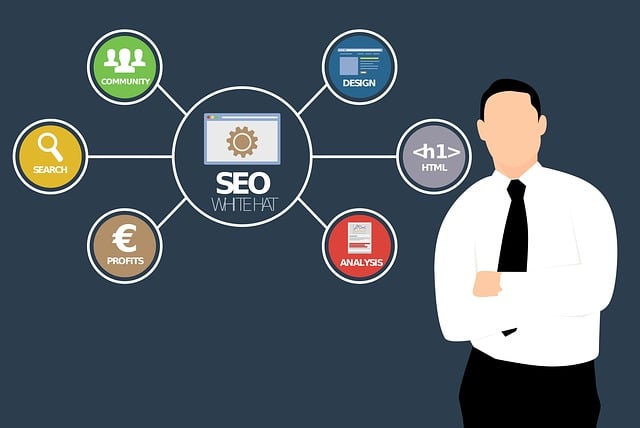AI visual analytics is revolutionizing menu design in restaurants and cafes by providing granular insights through interactive tools like dashboards and 3D models. Using machine learning, businesses can identify popular dishes, food combinations, and waste trends in real-time, enabling data-driven decisions that enhance customer satisfaction and drive revenue growth. AI predictive models personalize menus based on preferences, past orders, and seasonal trends, increasing accuracy and reducing waste. This technology offers dynamic pricing, inventory management, and tailored recommendations, ensuring profitability and a strong customer experience. By leveraging AI visual analytics for menu design, restaurants create personalized, visually appealing menus that boost satisfaction, minimize waste, and foster a memorable experience.
AI business predictive analytics solutions are transforming industries, and one area seeing a remarkable revolution is menu design. Leveraging AI visual analytics, businesses can unlock profound insights from customer data, enabling data-driven decisions that enhance both operational efficiency and customer experience. This article explores how AI models predict popular dishes, optimize pricing strategies, and revolutionize menu design itself, all while providing actionable insights for restaurants to stay competitive in today’s market. Key sections include Unlocking Business Insights, Menu Design Revolutionized, and Enhancing Customer Experience.
- Unlocking Business Insights: The Power of AI Visual Analytics
- Menu Design Revolutionized: Applying Predictive Models
- Enhancing Customer Experience through Data-Driven Decisions
Unlocking Business Insights: The Power of AI Visual Analytics

AI visual analytics has transformed how businesses uncover and communicate critical insights. By leveraging machine learning algorithms, companies can now visualize complex data sets in intuitive formats, such as interactive dashboards and 3D models. This capability is particularly revolutionary for industries like menu design, where understanding customer preferences at a granular level is essential. With AI visual analytics, restaurants and cafes can gain deep insights into food choices, popular combinations, and even waste trends, enabling them to optimize their menus in real-time.
For instance, an AI system could identify that a specific vegetarian dish has a higher than expected return rate, indicating its popularity among customers. This information can then be used to not only maintain the dish on the menu but also to strategically place it, promoting it through targeted marketing campaigns. Such insights empower businesses to make data-driven decisions, enhance customer satisfaction, and ultimately drive revenue growth.
Menu Design Revolutionized: Applying Predictive Models

In the realm of hospitality and dining, menu design has evolved from a simple listing of dishes to a strategic tool that leverages AI visual analytics for enhanced customer engagement. With predictive models, restaurants can revolutionize their menus by personalizing options based on past orders, customer preferences, and even seasonal trends. This not only improves customer satisfaction but also increases order accuracy and reduces waste.
AI-driven menu design solutions offer dynamic pricing strategies, real-time inventory management, and customizable recommendations. By analyzing vast amounts of data, these models predict popular items, identify underperforming dishes, and suggest optimal pricing. This data-informed approach allows businesses to make informed decisions, ensuring their menus remain relevant, profitable, and aligned with customer desires.
Enhancing Customer Experience through Data-Driven Decisions

In today’s competitive market, enhancing customer experience is paramount for businesses to thrive. Leveraging AI business predictive analytics solutions empowers companies to make data-driven decisions that cater to their customers’ needs and preferences. By analyzing vast amounts of customer data, these AI systems can identify trends, predict behaviors, and offer valuable insights into consumer behavior. This enables businesses to create personalized experiences, from tailored marketing campaigns to optimized menu designs using AI visual analytics for menu design.
For instance, a restaurant can use AI to analyze customer orders, feedback, and dietary preferences to create visually appealing menus that not only entice but also accurately reflect what customers are likely to order. This not only improves customer satisfaction but also reduces food waste by ensuring popular items are always in stock. Ultimately, these data-driven strategies foster a more engaging and memorable customer experience, setting businesses apart in a crowded market.
AI visual analytics is transforming how businesses gain insights and make data-driven decisions. By leveraging powerful predictive models, companies like restaurants can revolutionize menu design, enhance customer experiences, and stay ahead of the competition. AI visual analytics provides a comprehensive view of consumer preferences, allowing for tailored offerings and improved overall business performance. This technology is a game-changer, ensuring businesses can unlock their full potential in today’s data-rich landscape.
